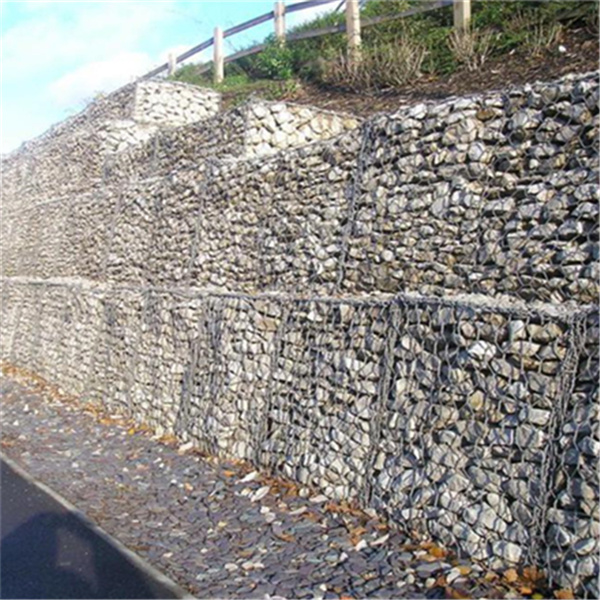Dec . 14, 2024 18:52 Back to list
Choosing the Right Fill Material for Gabion Baskets
Understanding Gabion Basket Fill Materials A Guide to Making the Right Choice
Gabion baskets have gained significant popularity in modern landscaping and construction due to their versatility, aesthetic appeal, and structural integrity. These wire mesh containers filled with various materials provide a stable framework for retaining walls, erosion control, and decorative features in gardens and public spaces. If you are considering purchasing gabion baskets, one critical aspect to discuss is the fill material. In this article, we’ll explore the different types of fill materials available and how to choose the right one for your project.
What are Gabion Baskets?
Gabions are essentially cages or boxes made of galvanized wire, typically filled with natural stones or other materials. They come in various sizes and shapes, making them suitable for various applications such as landscaping, drainage, shoreline protection, and even structural elements in civil engineering projects.
Types of Fill Materials
1. Natural Stone The most common fill material for gabion baskets is natural stone. Rocks such as granite, limestone, and river rock not only provide strength and stability but also add an appealing natural look. Choose stones that are angular rather than rounded for optimal stability.
2. Recycled Concrete An eco-friendly option, recycled concrete can serve as an environmentally friendly fill material. It is often used in construction projects and can offer substantial weight and durability. However, remember to choose clean, uncontaminated concrete to ensure the safety and longevity of the structure.
3. Gravel Gravel fills are lightweight and facilitate drainage, making them ideal for specific applications where water management is essential. However, they may not provide the same stability as dense stone fills, so consider the project's demands before opting for gravel.
4. Soil For landscaping projects, soil can be an excellent fill material, especially for planting vegetation on top of gabion walls. This choice helps integrate the structure into the natural landscape, but additional measures may be needed to ensure the structure’s stability.
5. Boulders and Cobblestones For a more dramatic effect, larger stones or boulders can be utilized. These heavier options can create a striking visual impact but should be handled with caution due to weight and handling requirements.
buy gabion basket fill material

Choosing the Right Fill Material
When determining the best fill material for your gabion baskets, consider the following factors
- Purpose of the Structure Understand the intended use of the gabion. Is it for aesthetic purposes, erosion control, or a structural application? This insight will guide your material selection.
- Local Availability Consider sourcing materials that are readily available in your area. This can reduce transportation costs and support local businesses.
- Environmental Impact Opt for eco-friendly materials when possible. Using reclaimed or locally sourced materials can significantly lower the environmental footprint of your project.
- Cost Budget is always a key consideration. Compare prices of different fill materials and factor in transport and installation costs.
- Aesthetic Preferences Ensure the fill material aligns with your design vision. Various stones provide different colors and textures, which can enhance the overall appearance of the gabion structure.
Conclusion
Gabion baskets are a practical and attractive solution for various landscaping and engineering challenges. The fill material you choose plays a pivotal role in the structure's functionality, durability, and aesthetic appeal. By considering the application, availability, environmental impact, budget, and design preferences, you can select the perfect fill material for your gabion baskets. Invest time in understanding your options, and you’ll create a structure that not only serves its purpose but also enhances the beauty of your space.
-
Visualizing Gabion 3D Integration in Urban Landscapes with Rendering
NewsJul.23,2025
-
The Design and Sustainability of Gabion Wire Mesh Panels
NewsJul.23,2025
-
The Acoustic Performance of Gabion Sound Barriers in Urban Environments
NewsJul.23,2025
-
Mastering the Installation of Galvanized Gabion Structures
NewsJul.23,2025
-
Gabion Boxes: Pioneering Sustainable Infrastructure Across the Globe
NewsJul.23,2025
-
Custom PVC Coated Gabion Boxes for Aesthetic Excellence
NewsJul.23,2025
-
Installation Tips for Gabion Wire Baskets in Erosion Control Projects
NewsJul.21,2025






